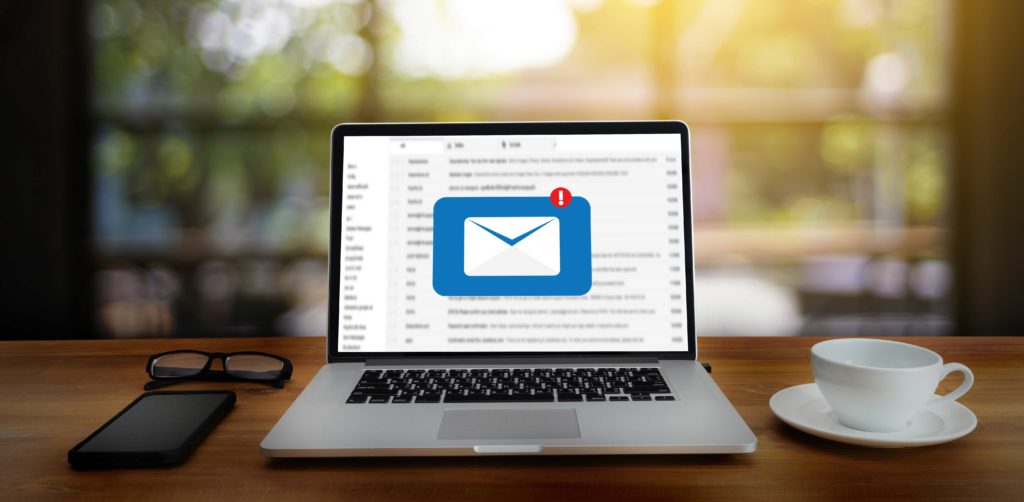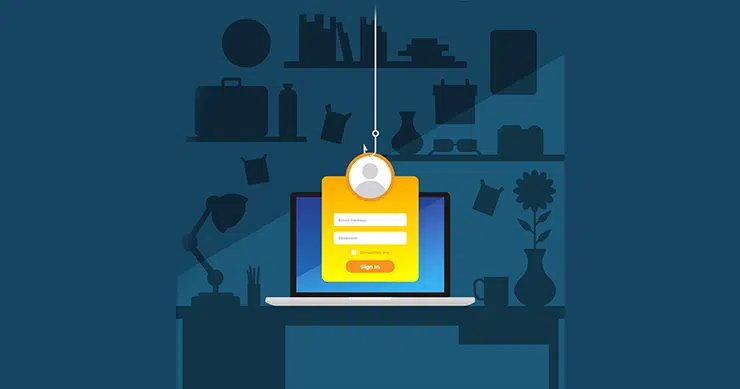There is an exclusive top ten list that NO company wants to find themselves on: the Top 10 brands most commonly imitated by cybercriminals!
Fears of phishing keep us vigilant as we suspiciously scan emails for signs of authenticity but have you ever considered the damage to the brand being impersonated? Checkpoint researchers have released a list of the Top 10 most commonly imitated brands from the final quarter of 2021.

Heading the list is DHL, one of the world’s leading logistics companies. The rise of online shopping coupled with the holiday season makes the shipping company a ripe and relevant target. Cyber criminals have clearly been trying to cash in on their victims’ enthusiasm to receive their packages by sending emails and messages claiming deliveries are “stuck in customs” or need to be “confirmed” with credit card numbers.
Microsoft came in at a close second. In this case, bad actors exploit most victims’ natural aversion to technical problems and the likelihood that they use Microsoft products, tricking them into sharing passwords and personal information. WhatsApp, LinkedIn and Google were popular disguises for phishing attempts as remote workers increased, relying heavily on social media to communicate with colleagues and friends.
Amazon, Fedex, PayPal, Apple and Roblox rounded off the list. The common theme? All common brands likely to be used and trusted by the targets.
- Pay attention to the authentic emails and accustom yourself to check for typos, misspelled domains or anything else that looks or feels suspicious.
- Trust your instincts.
- Never share passwords, financial or personal information.
- Don’t be afraid to delete suspicious emails. If the company wants to contact you, they will try again. When in doubt, do without!
- Ensure all your security controls are in place with a comprehensive risk assessment.
Start Getting Value With
Centraleyes for Free
See for yourself how the Centraleyes platform exceeds anything an old GRC
system does and eliminates the need for manual processes and spreadsheets
to give you immediate value and run a full risk assessment in less than 30 days





